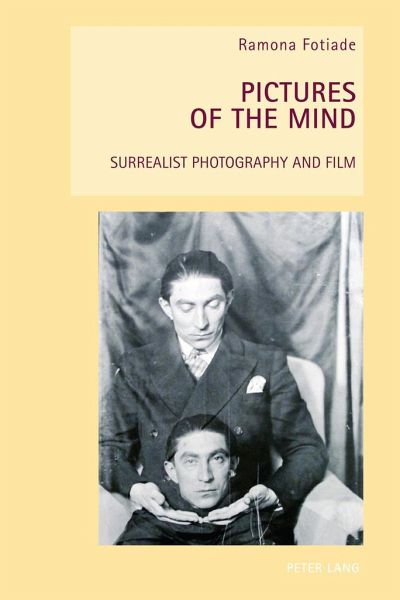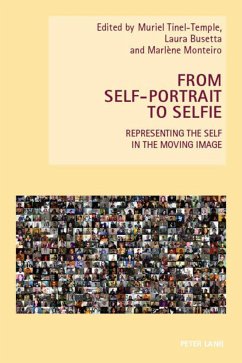
Pictures of the Mind
Surrealist Photography and Film
Herausgegeben: Everett, Wendy; Handyside, Fiona
Versandkostenfrei!
Versandfertig in 6-10 Tagen
80,60 €
inkl. MwSt.
Weitere Ausgaben:

PAYBACK Punkte
0 °P sammeln!
Pictures of the Mind is the first integrated study of Surrealist photography and film, assessing the impact of early experimental practice and theoretical discourse on prominent post-war trends in art house cinema. Roland Barthes's interpretation of the photographic image, alongside Jacques Derrida's concepts of spectrality and trace, underscore an exploration of the recurrent references to the phantomatic aspect of photography and film in Surrealist theoretical writings and practice. The analysis uses Derrida's account of the uncanny to shed light on the Surrealist conception of photographic ...
Pictures of the Mind is the first integrated study of Surrealist photography and film, assessing the impact of early experimental practice and theoretical discourse on prominent post-war trends in art house cinema. Roland Barthes's interpretation of the photographic image, alongside Jacques Derrida's concepts of spectrality and trace, underscore an exploration of the recurrent references to the phantomatic aspect of photography and film in Surrealist theoretical writings and practice. The analysis uses Derrida's account of the uncanny to shed light on the Surrealist conception of photographic and film images as mental constructs, or pictures of the mind, rather than mere visual representations. This leads to a consideration of the similarities between the Surrealist conception of beauty as fixed-explosive and Gilles Deleuze's theory of the time-image as applied to Luis Buñuel's films. Ultimately, the impact of Surrealism on post-war cinema is assessed as part of a wider consideration of the status of photographic and filmic images in the age of digital cinema. The elaboration of an aesthetics of spectrality in early Surrealism is shown to have had lasting implications for a range of post-war filmmakers such as Chris Marker, Maya Deren, Nelly Kaplan, Federico Fellini, Andrei Tarkovsky, Jan Svankmajer, Akira Kurosawa, Alejandro Jodorowsky, Guillermo del Toro, Guy Maddin, Terry Gilliam and David Lynch.














